As described in several of my recent posts here, I have been working for the past month or so on building my first “all-in” Block Theme for WordPress.
After nearly 4 years of adamantly resisting “Gutenberg” and the new Block Editor revolution — not because I disliked the block concept, but because I disagreed philosophically with the core team’s approach (to what constitutes a block, which types of blocks are important, and which technologies are used to manage the UI of the editing screen) — I am finally accepting that if I am to continue making a living primarily as a WordPress developer, I need to give up on my Classic Editor, Advanced Custom Fields “Flexible Content” approach, and embrace that the Block Editor is now The Way.
One of numerous challenges I’ve faced in this process (on top of the learning curve of a completely unfamiliar method of constructing themes, the dearth of adequate and up-to-date documentation, and the core team’s willingness to allow very unfinished versions of functionality to roll out in public WordPress releases) is figuring out the best way to approach some of the more complex design structures I am used to dealing with via ACF’s Flexible Content fields.
My biggest hurdle is recognizing that what I think of as a “block” is not what the WordPress core team thinks of as a “block”
Here I will admit this is a shortcoming of my own approach. I have been “opinionated” in my development approach (well, about everything, really), and created large-scale and complex “blocks” that, in Gutenberg/Block Editor terms, would really be “groups” or “block patterns,” not blocks. Gutenberg blocks are more granular.
Gutenberg blocks are also static, in that they generally do not interact with database content, or if they do, it is in very limited “bloggy” ways that don’t align with my use of WordPress as a general-purpose CMS.
So I’ve found myself falling back on ACF. I like its server-side approach. I’m more accustomed to dealing with PHP and MySQL. I use JavaScript (mainly jQuery) a fair bit for front-end interactive elements, but I don’t build complex functionality in JavaScript and I avoid AJAX if I can help it.
You can see I’m destined for a strained relationship with the Block Editor.
A concrete example: “Tiles”
One of the most idiosyncratic elements of my old ACF approach is the block I call “Tiles.” It’s a way of creating a set of small blurbs to link to other pages/posts. There are numerous options for appearance: number of tiles per row, relationship between the image and text in a tile, etc. And there are also numerous options for the content source: a specific page or post (with the title, featured image and excerpt automatically pulled in), a dynamic feed from the blog or a specific category (likewise with the info pulled in automatically, except this one auto-updates when there’s a new post), or a completely custom-built tile, where you manually select the image and enter the text and link.
Here are screenshots of the ACF-based editing tools for my Tiles block.


I tried recreating this entire setup as a new ACF-based Block field group. It worked, to be sure, but the complex ACF editing layout really did not feel right in the new Block Editor interface, either in the sidebar (eek) or in the main content area. It felt like a cop-out.
Then I considered creating a block pattern. I knew this would lack some of the benefits of my ACF-based Tiles block, but one in particular: the option to dynamically pull in the details of another page/post, rather than manually entering the text. But as a starting point, I decided to recreate the “custom” tile type.
That, also, worked. But it was finicky and didn’t apply well in a lot of different places. So I realized that instead of creating a Tiles block pattern, I needed to create a Tile block pattern. Just one tile. Instead of a monolithic block that was really a group, users would insert each individual tile into whatever larger structure they want (e.g. columns).
The end result was a block pattern that looked like this (screenshot instead of live code because, well, you really don’t want to use this):

I was really proud of myself for using the new “lock” feature to force the elements to stay in a particular order, but to allow the user to remove elements they don’t need, such as the image, lead-in text, or CTA button.
Still… I didn’t like it. And it didn’t allow for dynamic sources.
Along the way I also finally came to grasp another fundamental limitation of the Block Editor and Block Patterns. Since all of the parameters of the blocks are stored as HTML comments right in the post content, you (the theme developer) can’t update the design of a block pattern once it’s inserted into a page/post. The Block Editor isn’t dynamically inserting content into a template when the page is rendered. It’s making a one-off copy of the template and storing it right along with the content at the point when the content is inserted into the page/post.
This seems, to me, to be a fundamental flaw in the entire Gutenberg/Block Editor approach. It’s bad enough that if I were building it myself, I’d have stopped right there and taken a completely different direction. Maybe there’s a long-term plan to address this limitation, but for now it appears to be here to stay. Which led me back to ACF.
Threading the needle
And that was when I had my insight into the true nature of the problem. It was the fact that what I think of as a “block” is larger-scale than what the Block Editor treats as a block.
So I went back to my Tiles ACF field group, stripped out the repeater functionality and created a Tile ACF field group. Now you’re building one tile at a time, it has all of the previous benefits of ACF’s dynamic integration of content with template functionality, it seems to correctly fit the definition of a “block” in the WordPress sense, and you can still have a flexible presentation of multiple tiles in a group… just using Block Editor “groups” to achieve that.
I still have more to learn and questions to answer (followed by more questions to ask and then answer), but I feel like this was a major step forward in finding a way to merge the benefits of ACF with the… inevitability, I guess, of the Block Editor.




